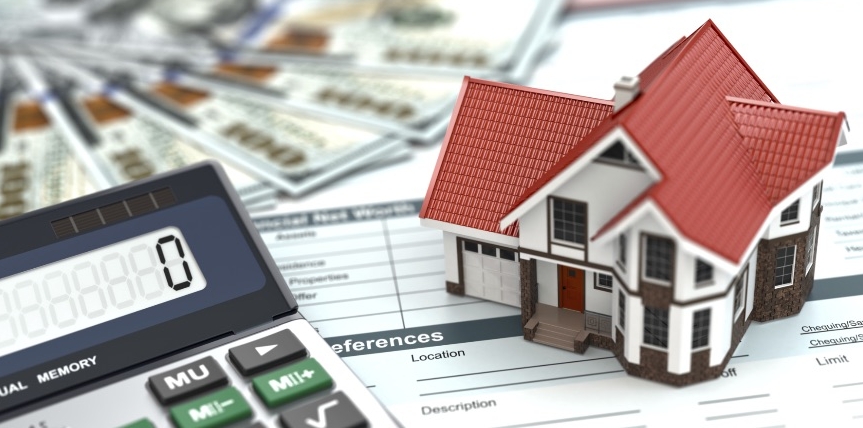
Types of Real Estate Investment
It’s important that you figure out early on what you want from your real estate investments. There are different strategies which make huge differences to what you can earn and when it’s paid to you. Let’s go over the big ones now.
Price Appreciation
This is where your investment is tied to the value of the property. Your aim is to buy cheap and hold while the price rises. This is a popular technique for real estate investments because the prices almost always move up over the long term. There’s only a certain amount of property available in the world, and as population increases, there’s more demand for what already exists. Keep in mind there can be crashes and price drops, the general idea here is to hold over the very long-term, often decades at a time, to see an increase.
The exception here is when an area suddenly becomes much more popular than it was. Gentrification can cause this, as can an increase in available jobs. Likewise, a natural disaster or downturn in nearby areas could drive more people to your area, boosting prices. These methods can see a fast increase in price, making them a potentially great shorter term investment too. Unless you have good reason to believe one of these situations will happen, shorter-term it’s best not to expect a sudden upturn.
Other times this works well is if a property becomes available for below cost. It can then be bought and turned around for a profit in a short amount of time.
Cash Flow
With cash flow, you aren’t buying a property just to hold and sell when it increases in value. The idea here is to rent out the property and collect rent as income. The rent can be used to pay off any outstanding debts such as a mortgage, and also to fund the maintenance and management of the property.
Once these factors are covered, any leftover cash is yours as profit. Of course, you still own the property too, so if it does increase in price, you can still sell and make a profit. That isn’t the aim of this strategy though, the aim is stable, long-term cash flow. People interested in following this strategy go for real estate that will be popular and easy to rent out, such as apartments or land which has particular zoning permits.
Value Increase
Here you would buy some real estate and increase its’ value, selling it for a profit. This could be a rundown property which needs renovation or other work before being suitable for use. It could also be property which you buy and build additional buildings/rooms on, increasing value in that way. Yet another option would be to buy a rental building, increase the value by raising prices or adding features like vending machines, then selling the now-operational building to somebody else at a higher price.
There are all sorts of real estate investments, with most of them falling into one of these categories or even combining them. You can definitely buy a house, fix it up, earn rental income, and flip it for a profit when the time comes – there’s no need to be constrained into one type of investment, but you should know up front what your primary strategy is.
There’s no quick and fast answer to real estate investments, it’s a matter of choice. The cheapest way to get started is with a single residential or commercial property. From there you can expand into other areas like industrial real estate or construction, which are more expensive options.
Disclaimer: Our service is not intended to be, nor should it be construed as financial advice. We help our readers make informed decisions via impartial information and guides. Where appropriate, we may introduce partner companies who can provide services relating to financial products.